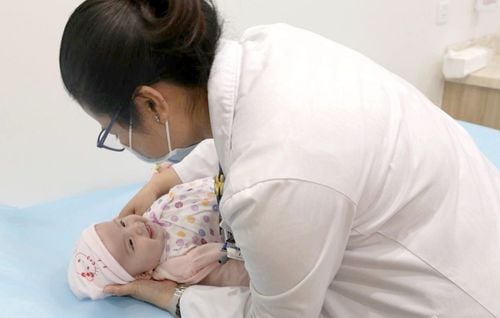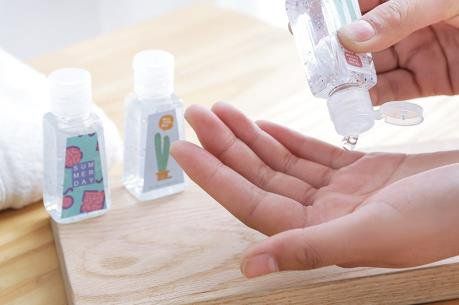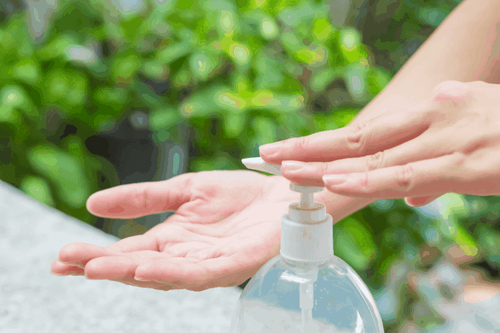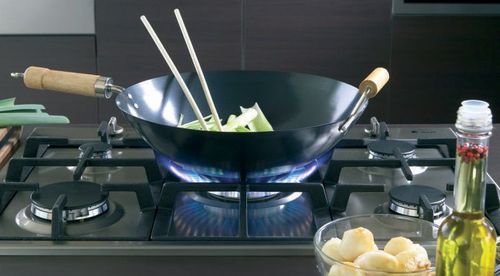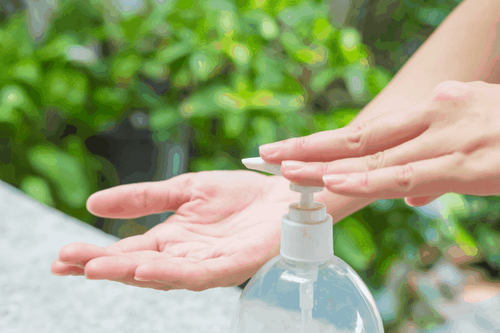This is an automatically translated article.
Keeping hands clean is one of the most important steps we can take to avoid getting sick and spreading germs to others. Many infectious diseases are self-transmitted by not washing hands with soap and running water. CDC recommends that you wash your hands in the recommended ways to avoid getting sick and spreading germs to others.
1. Routine hand washing steps
To eliminate all possibility of viruses on your hands, washing your hands for a short time or through tangerines does not help you. Here is a step-by-step handwashing process for effective hand washing.
Step 1: Wet hands with running water Step 2: Get enough soap to cover all surfaces of hands Step 3: Scrub all surfaces of hands - including back of hand, between fingers and under the nail (fingertip) - for at least 20 seconds. Step 4: Rinse thoroughly with running water Step 5: Dry your hands with a clean towel or disposable towel, or a hand dryer.

Quy trình rửa tay thường quy có 5 bước
2. Why is it important to wash your hands in all 5 steps?
Step 1+2: Wet hands with clean, warm water (warm or cold), turn off the faucet, then apply soap.
Because hands can be contaminated if placed in a basin of water that has been contaminated through previous use, we should use clean water. However, rinsing with non-potable water when necessary still offers some protection. The temperature of the water does not affect the removal of bacteria. However, warmer water can be more irritating to the skin and more damaging to the environment.
Turn off the faucet after wetting your hands to save water. There is limited data demonstrating that pathogens can be transmitted through hand-to-tap contact.
Using soap to wash hands is more effective than just using clean water because the surfactants in soap can remove soil and bacteria from the skin, and people also tend to rub their hands Be more careful when using soap, which helps to remove germs better.
Step 3: Clean your hands by rubbing them together with soap:
Make sure you rub your hands with soap in the back of your hands, between your fingers and the tips of your fingers, under your nails.
The rubbing and scrubbing of hands creates friction, which helps to remove dirt, grease and bacteria from the skin. Bacteria are present on all surfaces of the hands, with particularly high concentrations under the fingernails, so the entire hand should be scrubbed.
Rub your hands for at least 20 seconds. If you need a convenient tool to measure time. Sing the song "Happy Birthday" from beginning to end twice. Surgeons are likely to be exposed to pathogens and pose a high risk of infecting patients who are considered vulnerable, so they may need to wash their hands longer than women before. She prepares lunch at home for her family. However, evidence shows that washing hands for about 15-30 seconds removes more germs from hands than washing for less time.
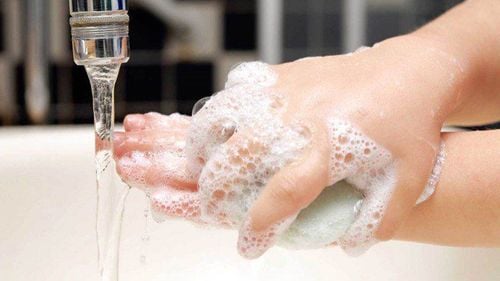
Rửa tay bằng xà phòng trong ít nhất 20 giây
Step 4: Wash your hands under clean running water.
Soap and scrubbing help remove dirt, grease and bacteria, including disease-causing germs from the skin so they can be washed off the hands. Washing with soap also minimizes skin irritation. Because hands can be re-contaminated if washed in a basin of standing water that has been contaminated through previous use. Therefore, use clean water to wash your hands. Some recommendations are to use a paper towel to turn off the faucet after washing hands, this practice leads to increased water and tissue usage, and there is no research to suggest it is more effective.
Step 5: Dry hands with a clean towel or dry them
Germs can be moved from wet hands more easily than dry hands; Therefore, it is advisable to dry hands after washing. However, the best way to dry hands after washing hands is still unclear because there are few studies on ways to dry hands and the results of these studies are conflicting. However, studies show that using a clean towel or hand dryer is best.
3. When is the time to wash your hands?
In the context of COVID-19 prevention, you should make sure to wash your hands at the following times:
After blowing your nose, coughing or sneezing After visiting a public space, taking public transport , markets, and places of worship, After touching non-indoor (outside) surfaces, including money Before, during, and after caring for the sick Before and after eating Generally , you should always wash your hands at the following times:
After using the toilet Before and after eating After handling garbage After touching animals and pets After changing an infant's diaper or helping a child use it toilet When your hands are dirty

Nên rửa sạch tay trước và sau khi ăn
4. How can I help my child wash their hands?
You can teach your child to wash their own hands and make it easier, for example, by setting up a high chair so they can access soap and water on their own when washing their hands. You can cheer your baby up by singing their favorite songs while you help them rub their hands.
5. Do I need to use warm water to wash my hands?
No, you can use any temperature of water to wash your hands. Cold and warm water are equally effective at killing germs and viruses - as long as you use soap! However, hot water can make your hands drier.
6. Which is better: wash your hands or use hand sanitizer?
In general, both washing hands with soap and water and using a quick-release hand sanitizer, when practiced/used correctly, are highly effective at killing most pathogens. Hand sanitizer is often more convenient when you're outside the home, but can be expensive or scarce in an emergency setting. Also, alcohol-based hand sanitizer kills coronavirus, but it doesn't kill all bacteria and viruses. For example, it is relatively ineffective against norovirus and rotavirus.
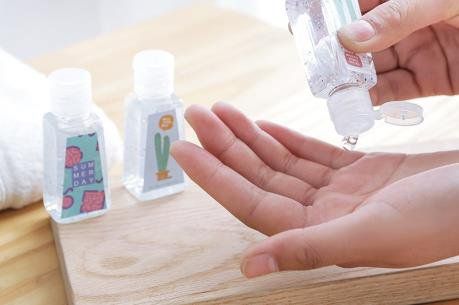
Chất khử trùng nhanh thuận tiện khi bạn ở bên ngoài nhà
7. What if I don't have soap?
Using chlorinated water or a quick hand sanitizer containing at least 60% alcohol are the best second options if you don't have soap and running water. In cases where these are not available, using laundry soapy water can help remove bacteria, although not as effectively. If these methods are used, it is important to wash your hands as soon as possible when you have access to hand washing facilities and to avoid contact with people and surfaces in the absence of such conditions. to wash hands.
8. How can I help stop the spread of coronavirus?
Practice cough and sneeze protection: Cover mouth and nose with your elbow or tissue when coughing or sneezing, throw away used tissues immediately, and wash hands Avoid touching your face (mouth, nose, eyes) Practice social distancing: avoid shaking hands, hugging or kissing others, sharing food, utensils, cups and towels Avoid close contact with anyone who has cold symptoms or flu Get medical care early if you or your child has a fever, cough, or difficulty breathing Clean surfaces likely to harbor the virus and practice them more often (especially in public space) Source: unicef.or; cdc.gov; nhs.uk




